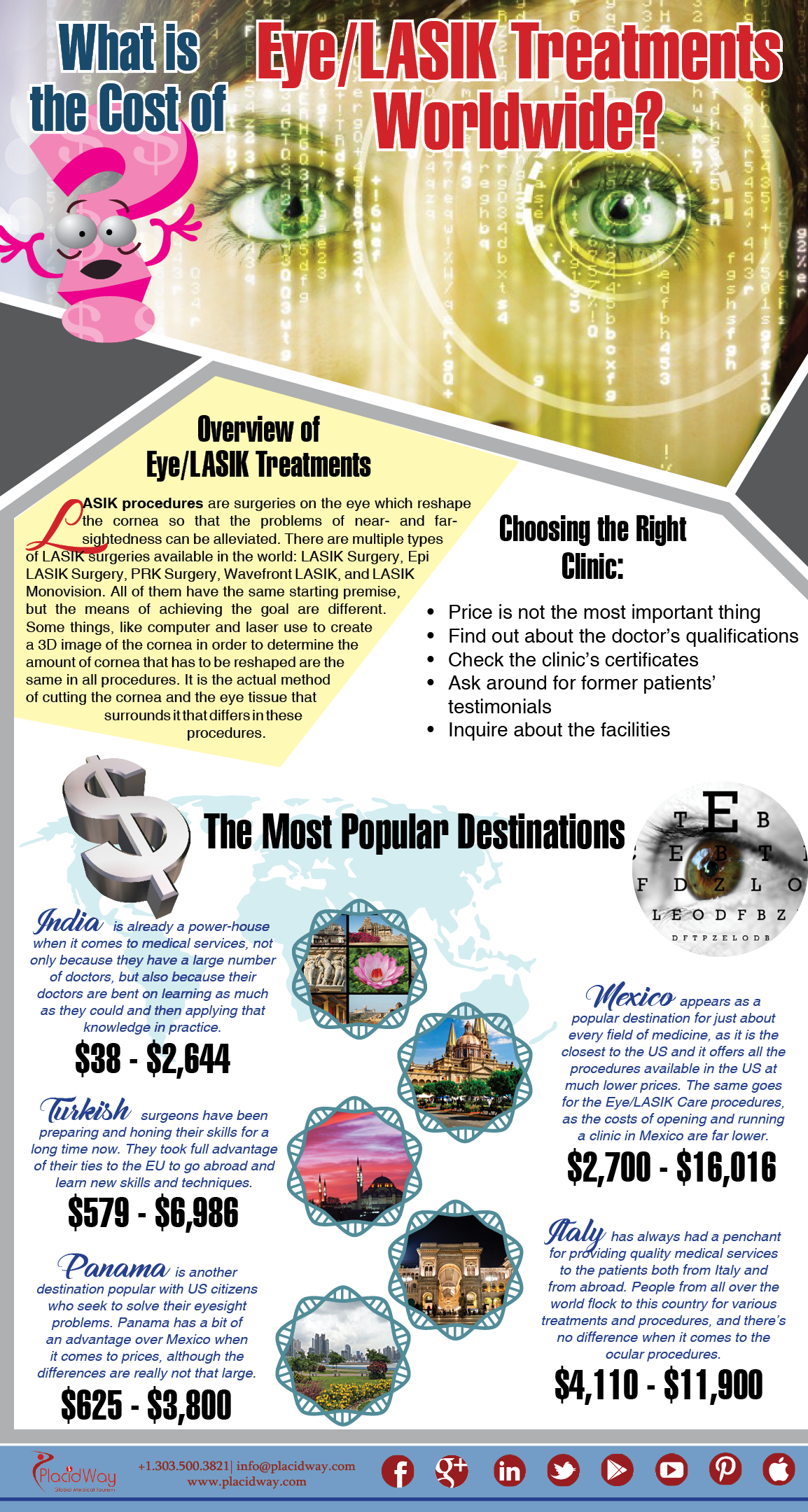Exactly How Does SMILE Eye Surgical Procedure Compare To LASIK And PRK?
Exactly How Does SMILE Eye Surgical Procedure Compare To LASIK And PRK?
Blog Article
Article Created By-Ryberg Copeland
If you've been considering SMILE eye surgical treatment, you may question exactly how it compares to LASIK and PRK. Each procedure has its very own collection of advantages and considerations. From quicker recuperation times to prospective threats, there are essential differences you must be aware of prior to deciding. Recognizing these differences will certainly assist you make an educated option that aligns with your certain needs and assumptions. Curious to understand even more concerning just how these procedures contrast carefully? Continue checking out to get a thorough understanding of SMILE, LASIK, and PRK.
SMILE Eye Surgery Review
If you're thinking about SMILE eye surgical treatment, you'll find it to be a minimally invasive treatment with a quick healing time. Throughout cataract surgery one eye (Small Laceration Lenticule Removal), a laser is made use of to develop a small, accurate incision in the cornea to remove a little item of cells, reshaping it to correct your vision. https://nvdoctor22110.bloggip.com/35587565/the-conveniences-of-evo-icl-surgery-crystal-clear-vision varies from LASIK, where a flap is developed, and PRK, where the outer layer of the cornea is entirely removed.
Among the vital benefits of SMILE is its minimally intrusive nature, leading to a faster recovery procedure and much less discomfort post-surgery. The healing time for SMILE is relatively quick, with many clients experiencing enhanced vision within a day or 2. This makes it a prominent choice for those looking for a convenient and efficient vision adjustment procedure. Furthermore, SMILE has actually been shown to have a reduced threat of completely dry eye disorder contrasted to LASIK, making it a positive choice for people worried regarding this possible negative effects.
Differences Between SMILE, LASIK, and PRK
When contrasting SMILE, LASIK, and PRK eye surgical treatments, it is essential to understand the distinct strategies utilized in each procedure for vision adjustment.
read the full info here (Tiny Cut Lenticule Removal) is a minimally invasive treatment that entails producing a small cut to extract a lenticule from the cornea, improving it to remedy vision.
LASIK (Laser-Assisted In Situ Keratomileusis) involves creating a slim flap on the cornea, utilizing a laser to reshape the underlying tissue, and then repositioning the flap.
PRK (Photorefractive Keratectomy) gets rid of the outer layer of the cornea prior to reshaping the cells with a laser.
The primary difference depends on the means the cornea is accessed and dealt with. SMILE is flapless, making it an excellent alternative for individuals with thin corneas or those involved in contact sporting activities. does medicare part b cover cataract surgery because of the flap creation, however it might present a higher danger of flap-related problems. PRK, although having a much longer recuperation period, stays clear of flap-related problems completely.
Comprehending these variances is critical in choosing one of the most suitable treatment for your vision improvement needs.
Advantages And Disadvantages Comparison
To evaluate the benefits and disadvantages of SMILE, LASIK, and PRK eye surgical treatments, it's important to take into consideration the certain advantages and possible limitations of each treatment. SMILE surgical treatment provides the advantage of a minimally invasive procedure, with a smaller laceration and potentially quicker recuperation time compared to LASIK and PRK. It also minimizes the danger of dry eye post-surgery, a typical side effect of LASIK. Nonetheless, SMILE might have constraints in dealing with greater levels of myopia or astigmatism contrasted to LASIK.
LASIK surgical treatment offers quick aesthetic recuperation and very little discomfort throughout the procedure. It's extremely reliable in treating a large range of refractive mistakes, consisting of myopia, hyperopia, and astigmatism. Yet, LASIK brings a danger of flap problems, which can affect the corneal framework.
PRK eye surgical treatment, while not as prominent as LASIK, prevents producing a corneal flap, minimizing the threat of flap-related difficulties. It's suitable for clients with slim corneas or uneven corneal surfaces. Nonetheless, PRK has a longer recuperation time and may involve a lot more discomfort during the recovery procedure.
Conclusion
So, when it comes to selecting in between SMILE, LASIK, and PRK, think about it like picking the excellent pair of footwear. SMILE is like a sleek, comfy set of sneakers - fast and easy.
LASIK is extra like stylish high heels - showy and quickly, but with some potential risks.
PRK is like tough hiking boots - reliable and durable, but requiring a little bit more effort and time.
Eventually, the best choice relies on your specific needs and choices.
